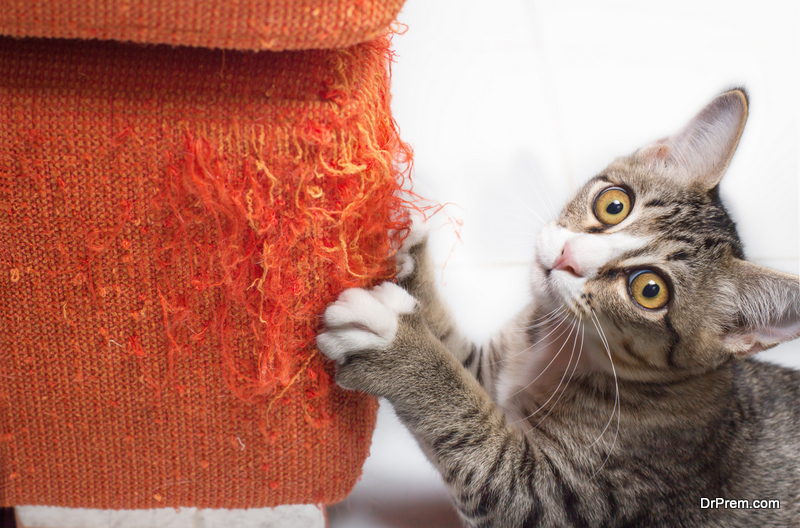Cats are often seen scratching. They do so to communicate with one another, remove the older cloth sheaths or to stretch out the muscles. Cats look at furniture as the natural scratching place. Rather than declawing your cat, make some provisions for cat- proofing your furniture. Make it a part of the cat training regime and teach them to not to scratch furniture by being consistent in training, rewarding their good behaviour and offering them some scratching posts. The cat will soon like the rewards and would start preferring the scratching post over the furniture.
Ideas for cat- proofing your furniture
CARING FOR THE FURNITURE
Using covers over furniture:

For cat proofing your furniture and to prevent it from becoming hairy or dirty with your cat, cover them up with slip covers. Purchase slip covers for recliners, chairs or couches which are available in variety of colours and fabrics. Choose such fabric which is easy to wipe, clean or toss in your washing machine. If you don’t want your furniture to be always covered, spread a towel at the place where your cat usually takes rest. Wash the towel within a day or two.
Spray some scent deterrent over the furniture:
Buy any repellent spray which your cat hates but are pet friendly. Spread it over the furniture which is most often scratched by your cat. Follow the instructions of the manufacturers for cat proofing your furniture. Reapply that scent to protect your couch once you observe it’s wearing off.
Paste a double sided tape:
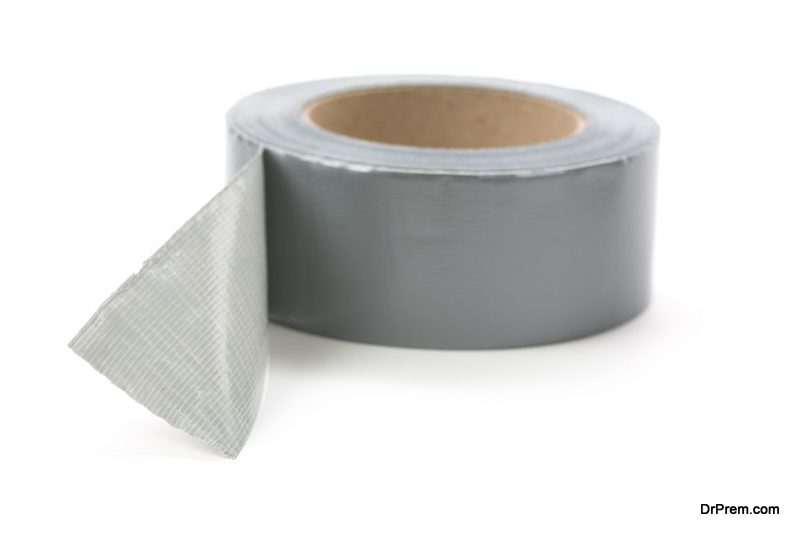
Paste a double sided tape on that part of the furniture which is most likely scratched by your cat. Cats usually don’t like the sticky feeling and eventually discard scratching there. You may also paste some balloons at the place which is usually scratched by the cat. If the cat approached to scratch, it will eventually burst up and produce a pop sound which will surprise the cat and the cat will never scratch there again.
Trim the claws of your cat:
Always keep the claws of your cat clipped close. So if its nails are dull, it won’t cause much damage. If clipping is resisted by your cat, wrap a towel while you are trimming to give a professional trim.
Place some bobby traps around the furniture you don’t want your cat to scratch:
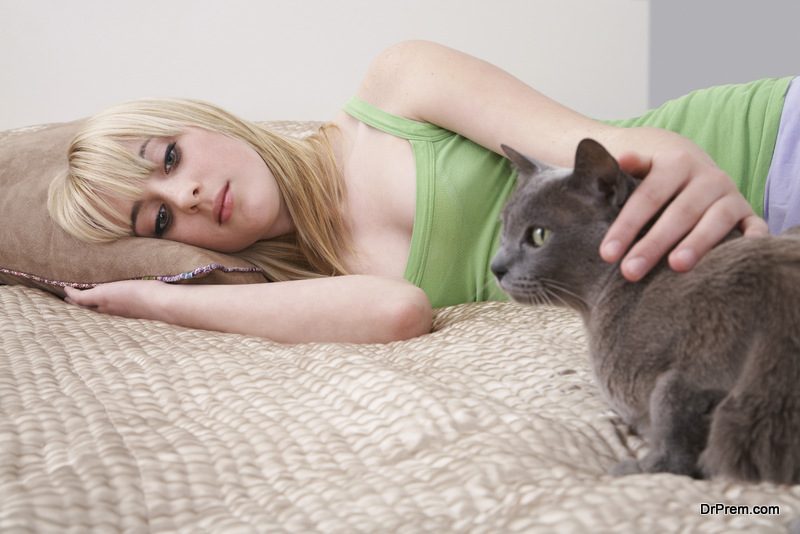
These traps could be placed by spending a few pennies of yours in an empty can of soda and attach to the nearby furniture area. If the cat will scratch the can, some irritating noise will come out which will make her run away. This is an amazing trick to try.
Getting rid of the leap pads:
If the cat loves to scratch the high places, make it impossible for it to climb there. Remove all the chairs, tables or tools which she uses as a leap pad to reach there.
Keeping a spray bottle handy:
Many of the pet owners swear of keeping the spray water bottles handy when cats scratch their furniture. This is a pet friendly method. Don’t give your cat a hint that you are going to blast a bottle behind it. This is done just to associate that scratching come along with bursting out of water from the furniture.
TRAINING THE CAT
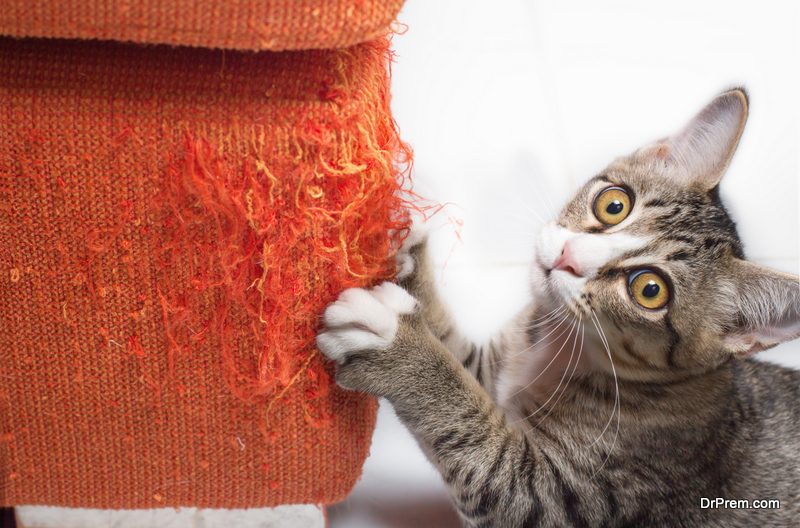
Offer a scratching area to your cat:
In case the cat is in a habit to claw, place some scratching post next to the place where it usually scratches. If the cat likes scratching wooden legs of the furniture, use some cedar scratching post. Or if it is in a habit of scratching the soft upholstery of your furniture, put some carpeted scratching post.
Encourage the cat for using the scratching post:
To protect your couch, rub catnip on the scratching post to attract them towards it. For cat proofing your furniture, you may need to occasionally add the catnip to keep the interest of your cat in it. You may need to set more than one scratching post in your house in case your cat is in a habit of scratching several furniture pieces. Place them in various places and let your cat chose where to scratch. Take the note of the scratching type your cat does. For example, if they get over the hind legs to scratch high, opt for a tall scratching post.
Reward the cat with a good behaviour:
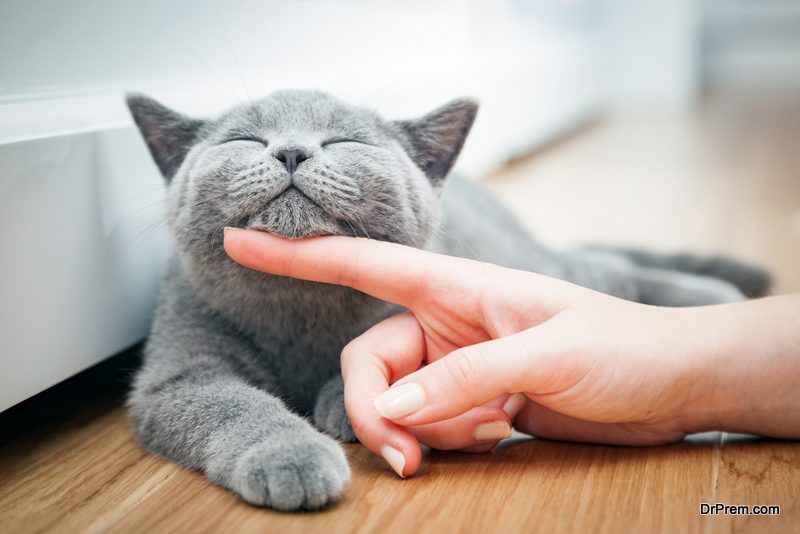
When you notice your cat scratching the post instead of furniture, reward your cat with a verbal praise or you may put some treat at the post base. Or you may give some belly rubs to your cat.
Learn to say no and be consistent with the training:
If you observe your cat scratching the furniture instead of post, make some loud noise to startle it. Remove it out of the furniture and say no firmly. Do it often whenever your cat is scratching your best couch. Don’t get angry and yell over your cat. Always remember that cats often scratch to keep their nails trimmed. This is also another way of communicating with other cats.
Startle the cat whenever you observe any undesirable behaviour:
Some of the cats may keep on scratching your best couch even if you ask them to get out of it. Startle the cat always in case it is misbehaving.
Keep the cats active:
Cats more often scratch the furniture when they get bored or require your attention. Try spending some time with your cat. Stay entertained and active to reduce its misbehaviour. Like you could dangle the ribbons on stick or toss some toys and balls to the cat or may hide the treats in some puzzle balls and let them find. Set up a play area for your cat that includes items to scratch. Like purchase a play tree for indoors that has some scratching posts on it. Put it near to the favourite furniture of your cat or at the window to let it look outside.


